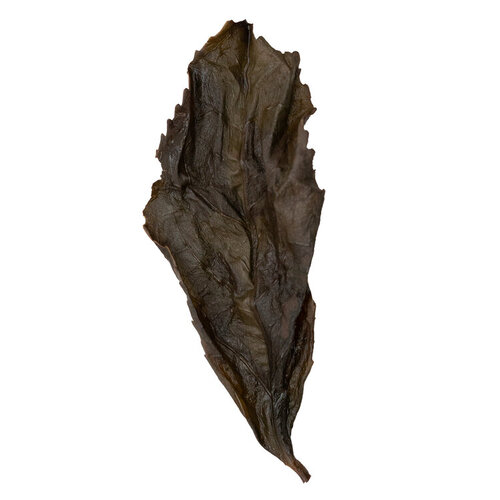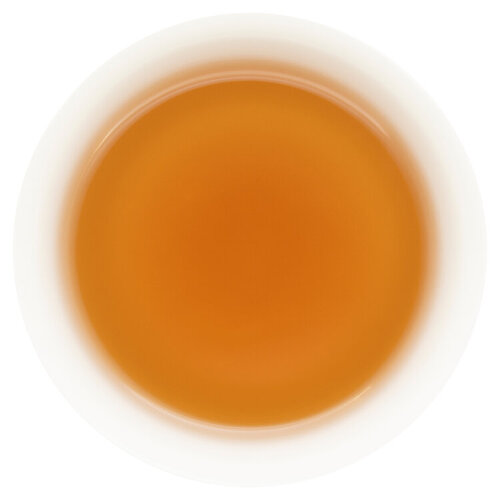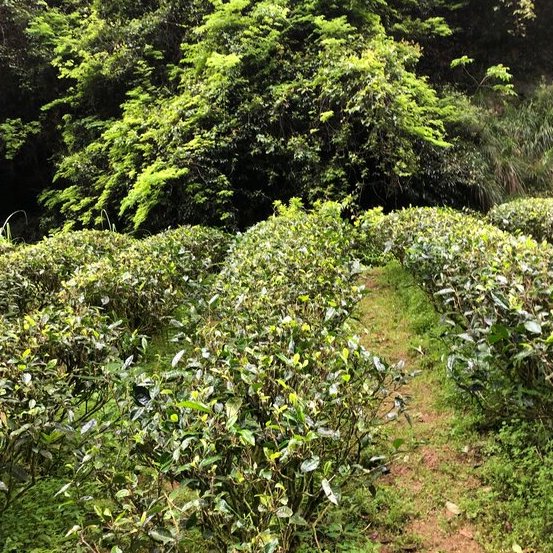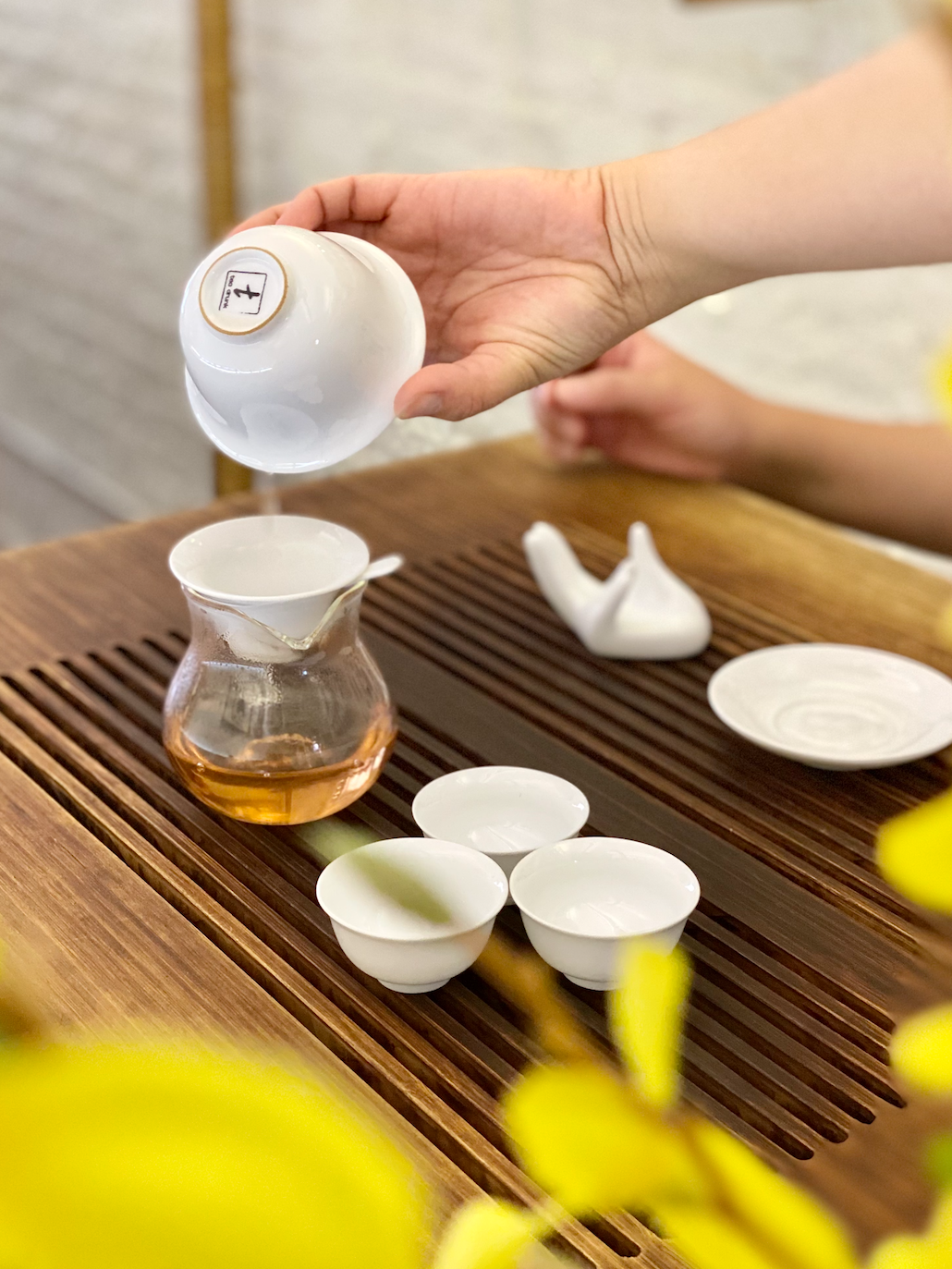
What Is Wu Yi Yan Cha?
This region is the pinnacle of Min Bei (northern Fujian) Wu Long. The mantra for Yan Cha is “rock bone and floral fragrance.”
While all Wu Longs are floral, the "rock bone" of Yan Cha refers to a highly desired "molten stone" mouth feel and long mineral finish. The leaves are heavily roasted to achieve a signature dark and bold aroma and taste.
The most prized Yan Cha comes from the UNESCO World Heritage Site, Wu Yi Shan. Within the limit of this scenic region, the terroir is called Zheng Yan (True Cliff).
Learn more about Yan Cha Wu Long with our Tea Fundamentals.
History of Tie Luo Han
Origin: San Yang Feng; Tian Xin Yan; Jiu Long Ke, Wu Yi Shan mountains, Fu Jian Province, China (~300-500m elevation)
Tie Luo Han means Iron Arhat. Arhat refers to an enlightened being in Buddhism. Even though we do not know for sure the name origin of Tie Luo Han, many believe it has to do with the solemn profile of the tea. Tie Luo Han is best known for its reserved aroma, downward profile, and weighty mouthfeel.

Four Famous Groves
Referring to older Yan Cha varietals, there is a small group that is referred to as the Four Famous Groves — though there are six different teas that appear on the list, so it depends on the source which four are picked out at any time to fit the "four" of the title. Still, Tie Luo Han is always on the list.

Tasting the 2014 Vintage
Woodsy and blunt, Tie Luo Han is known for its reserved aroma, downward profile, and weighty mouthfeel.

Share Our Passion
If you love this guided tasting, join us monthly with our Educational Tea Club! We deep dive into two teas a month over Zoom. You'll be able to participate live and ask question and taste the tea together with our community.
Example Curriculum
What You'll Need
To get the most out of this session, we advise having a gong fu brewing set up ready to brew along with. A Gai Wan, Fairness Pitcher, Strainer, and Three Sip Cup is recommended.
You can purchase a full gong fu brewing kit here.


